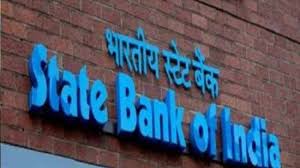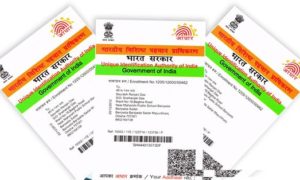New Delhi: The State Bank of India (SBI), the biggest lender in India, urges clients to take advantage of tax-saving options by making National Pension System contributions (NPS). A voluntary retirement savings programme for investors, the NPS was established by the government to assist investors in making a specified commitment towards planned savings and safeguarding the future in the form of a pension.
Also Read–EPFO Higher Pension: What Is EPF Calculator And How To Get Pension After Retirement | Explained
PFRDA is in charge of managing and regulating NPS. NPS is regarded as the most affordable pension plan in existence. Subscribers can choose their own pension fund and investing options, and see their money increase
Also Read– EPF Interest Credit: Member Accounts Of 98% Contributory Firms Updated Till Mar 6, Check Details
SBI provides two NPS programmes, namely Tier 1 (a pension account that is required) and Tier 11 (an investment account that is optional). The minimum contribution for a Tier I account is $500, and for a Tier II account, it is $1,000
The Tier I account qualifies for a tax benefit, but the Tier II account does not, despite having the option to withdraw corpus at any moment. Between the ages of 18 and 70, all Indian citizens, including RIs and Non-Resident Indians (NRIs), are eligible to register an NPS account.
Read More: How to withdraw money from EPF? A step-by-step guide for salaried employees
According to section 80CCD (1B) of the IT Act, an employee contribution to a Tier I account is tax-exempt up to a maximum of 50,000 rupees. According to the SBI website, tax deductions under 80CCE are also available for investments (10% of Basic & DA) up to a total of Rs. 1.50 lakh.
Read More: EPFO: How does EPF calculator works; how to get Rs 7,071 as monthly pension after retirement
Additionally, a tax deduction of up to 10% of the salary (Basic + DA) under Section 80CCD (2) is allowed in the case of employer contributions, up to a maximum financial limit of Rs. 7.5 lakh (including PF, Superannuation, etc.).
The corpus must be invested in annuity schemes at a minimum of 40%.
– Up to the age of 75 years old, 60% of the corpus may be commuted, withdrawn in one lump sum, or distributed over time. It is exempt from taxes.
The entire corpus may be removed if the overall corpus is equal to or less than 5 lakh.
Prior to 60 years of age but following the completion of 5 years, Tier I exit options include:
– Twenty percent of the corpus may be withdrawn all at once.
– An “Annuity Scheme” will get an investment of 80% of the corpus.
The full corpus may be removed if the overall corpus is equal to or less than 2.50 lakh.
Also, following a lock-in period of three years, Tier I allows a partial withdrawal of accrued pension wealth up to 25% of employee contributions.
The Tier 1 scheme also restricts withdrawal to a maximum of three (3) times throughout the course of the tenure, subject to the Regulator’s prescribed criteria.





































